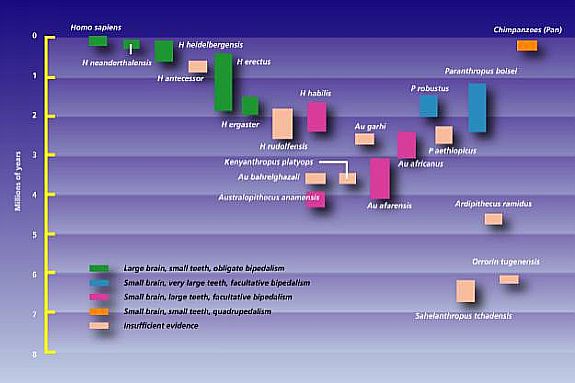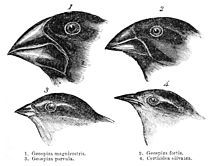The last 2 days in class, we have started a new unit about the diversity of life. We covered the first two sections of notes on classification and fungi.
Classification of Life: looking at evolutionary history by studying past and present diversity
- taxonomy: identifying, naming and classifying species
- Carolus Linnaeus, 1707 to 1778: Swedish physician and botanist (plant biologist), created binomial nomenclature
- Binomial nomenclature: two-part scientific name for an organism, includes the genus and species, in Latin
- Homo (genus) sapiens (species)
- classification system has a heirarchy: domain, kingdom, phylum, class, order, family, genus, species
- Cladistic Revolution: organisms used to be grouped by appearance but now they are grouped by common ancestors and genetics
- Cladistic Analysis: looking for clades, or branches, of an ancestor and all its descendents
- this new way of organizing species is based on a strict code of cladistic analysis

- Life is classified into three domains: bacteria, archaea and eukarya
- Bacteria and Archaea: prokaryotic
- Eukarya: eukaryotic, include 4 kingdoms: animalia, fungi, protista, plantae
- Dichotomous Key: pairs of opposing statements in a list, helps classify an organism

The Fungi Kingdom
- decomposers: rot and break down dead animals and plants, feces and organic material
- chemical recyclers
- eukaryotic, usually multicellular, more closely related to animals than pl
 ants
ants - heterotrophic, absorb nutrients
- release hydrolytic enzymes to break down food
- some are parasitic or pathogenic
- hyphae: thread-like tubes that cover membranes and cytoplasm, make up the body
- mycelium: networks of tubular hyphae, subterranean
- reproduce by releasing spores (produced sexually or aseuxually), carried by the wind, can grow in moist environments


- Fungi can be...
- eaten
- added to bread dough to make it rise

- be added to milk to make cheese
- used to ferment beer and wine
- used to make medicine, like antibiotics
- helpful to plants (lichen and tree: symbiotic relationship)
Tonight (2/16) for Homework
- Finish Protist Lab, UP 27-31
- Read Chapter 15 on Protists
- UP 39-40 and 41-43
- Nature project due 3/2
- Moodle Notes
next scribe: Yvette






